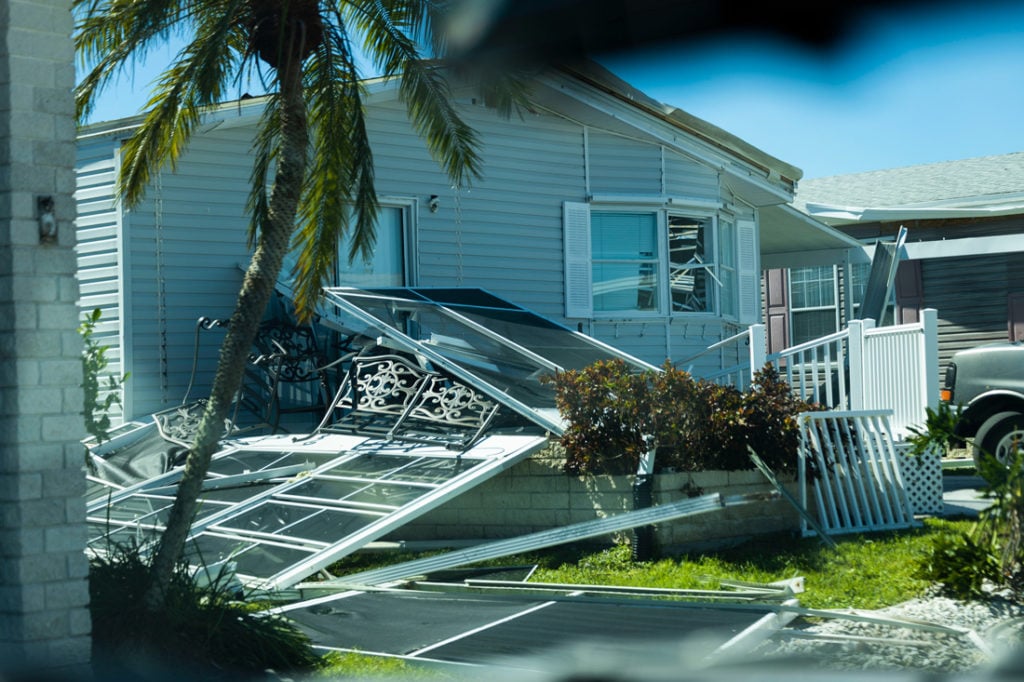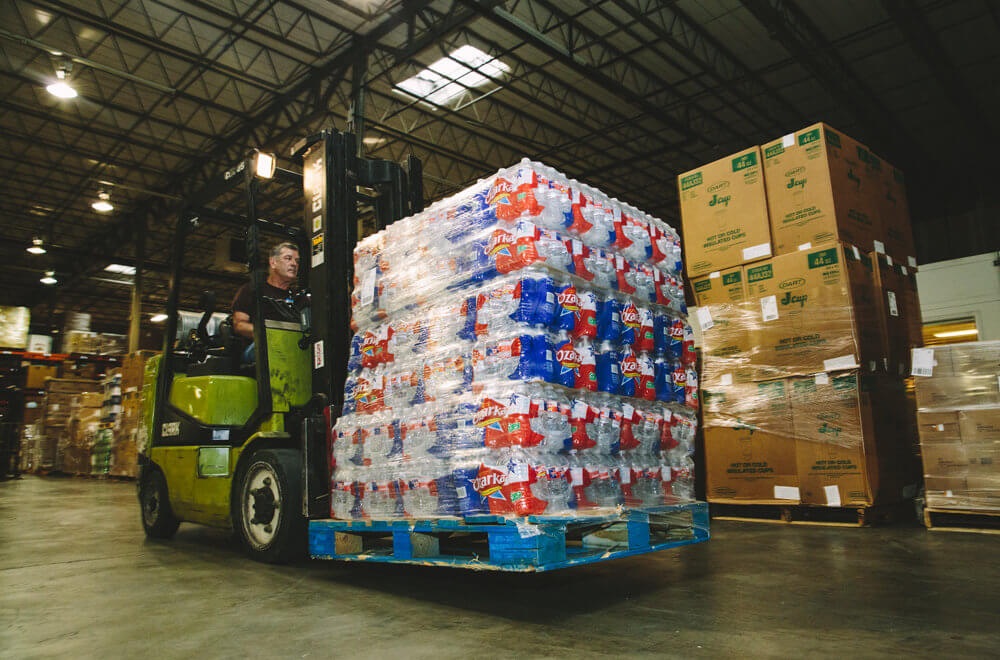With the 2024 hurricane season approaching, perhaps you’re checking random hurricane names to learn about previous storms with that name.
The names given to major Atlantic storms come from a list originated and recycled every six years by the World Meteorological Organization.
You can see the current lists by visiting the National Hurricane Center website.
Debby is the fourth name on the list for 2024.
Over the past 42 years, seven Atlantic Ocean tropical cyclones have been named Debby.

These are sometimes confused with four older storms from the 1950s and 1960s named Debbie, besides two more in the Australian Region. Debby, with a “y,” developed into a hurricane in 1982, 1988, and 2000. It remained Tropical Storm Debby in 1994, 2006, 2012, and 2018.

Whether Debby becomes a hurricane during the 2024 hurricane season or holds on to tropical storm status will depend on its wind speed.
All named storms are a form of tropical cyclone, a rotating, organized system of clouds and thunderstorms that originates over tropical or subtropical waters and has a closed low-level circulation.
Early in a cyclone’s development, as a tropical depression, wind speeds are less than 39 mph. Tropical depressions are not given names but are tracked in case they grow into tropical storms or hurricanes.
Debby’s classification as a tropical storm and the release of its name would happen when its sustained wind speed reaches 39 mph. If that speed reaches 74 mph, Debby will be a hurricane.
As you’ll see below, even if a tropical storm never achieves hurricane status, it can pose a threat to lives and property.
When Was Hurricane Debby?
With Debby squarely in the fourth slot on the World Meteorological Organization’s list of scheduled storm names for 2024, you might wonder, “When did Hurricane Debby hit?” or “What year was Hurricane Debby?”
- • The Category 4 Hurricane Debby of 1982 was a major storm but caused no significant damage because it remained largely at sea.
- • In 1988, Hurricane Debby reached hurricane strength just before making landfall in Mexico, but quickly weakened.
- • Twelve years later, Hurricane Debby 2000 only caused minor damage in the Leeward Islands and Puerto Rico and actually helped relieve a drought in Cuba.

The Power of Preparedness
Ensure your family is protected in the face of unexpected challenges with our Disaster Preparedness Guide.
Topics Include:
— Family Communication Plan
— Evacuation Plans
— Care for Pets
— Weather Monitoring
Download Our Disaster Preparedness Guide!
Start your journey to preparedness now and download the guide to learn practical steps for facing any disaster confidently.
"*" indicates required fields
Where Did Hurricane Debby Hit?
Hurricane Debby grazed the island of Bermuda in 1982, made landfall at Tuxpan, Mexico, in 1988, and moved over several Caribbean islands in 2000.
What Category Was Hurricane Debby?
Hurricane Debby was strongest in 1982 at Category 4 status, with its highest winds measured at 130 mph.
In 1988 and 2000, Debby never went beyond Category 1.

What Time Will Hurricane Debby Make Landfall?
If you research, “What time did Hurricane Debby make landfall?” in 1982, 1988, or 2000, the answers will not help you prepare if Debby becomes a significant storm in 2024.
With any current storm predicted to reach your region, stay up to date on weather forecasts and be aware of that specific storm’s estimated landfall. With any severe storm, don’t make the mistake of waiting until the last minute to reach a safe area.
This article will be updated as more details about 2024’s Debby become available.
How Many People Died in Hurricane Debby?
Hurricane Debby caused no loss of life in 1982, despite being a major hurricane.
The much weaker Hurricane Debby of 1988 killed 10 people in Mexico even though it weakened in just a few hours.
One person was killed in Puerto Rico during Hurricane Debby in 2000.

Tropical Storm Debby, though never reaching hurricane status in 1994, caused nine deaths in the Caribbean. In 2012, eight people lost their lives in Florida and Alabama during Tropical Storm Debby. With such storm systems, it is important to take seriously any forecast of an impact on your region.
What Was the Path of Hurricane Debby?
From earliest development to final dissipation, the path of a hurricane can stretch for thousands of miles.
- In 1982, a weather system off the coast of West Africa on September 3 eventually made its way into the Caribbean before forming Tropical Storm Debby and Hurricane Debby. The Category 4 hurricane never made landfall and moved north and then east across the Atlantic. However, the last vestiges of the storm still managed to create one of the most powerful windstorms ever in northern Finland.
- In 1988, Hurricane Debby had its beginnings in a system emerging into the Atlantic Ocean from the northwest coast of Africa on August 15. The system split while moving across the Atlantic. One portion eventually strengthened into Tropical Storm Chris, and the remaining portion moved across the Caribbean to become Hurricane Debby briefly as it approached Mexico on September 2. The storm rapidly weakened as it crossed Mexico into the Pacific.
- A weather system off West Africa on August 16, 2000, would eventually become Hurricane Debby while moving across the Atlantic north of South America and into the Caribbean. Debby’s path impacted Puerto Rico most directly due to major rain on August 21 before dissipating south of Cuba.
Convoy of Hope & Hurricanes
Convoy of Hope, a faith-based nonprofit with dozens of program countries around the world is involved in extensive disaster response each year. In 1998, flooding in Del Rio, Texas, followed that year’s Tropical Storm Charley.
Convoy marks Del Rio as its first disaster response, and hurricanes continue to be an annual priority for Convoy.
Throughout hurricane season, Convoy’s Disaster Services team follows weather updates closely in case a response is needed in an affected region.
On September 28, 2022, Category 5 Hurricane Ian smashed across central Florida with sustained winds of 155 mph. By October 6, Convoy of Hope had served more than 17,000 survivors with the help of nearly 500 volunteers.
Convoy teams distributed groceries, hot meals, and home goods. At recovery events like these, insurance specialists and mental health professionals provide legal aid, talk people through insurance difficulties, and offer emotional care.














